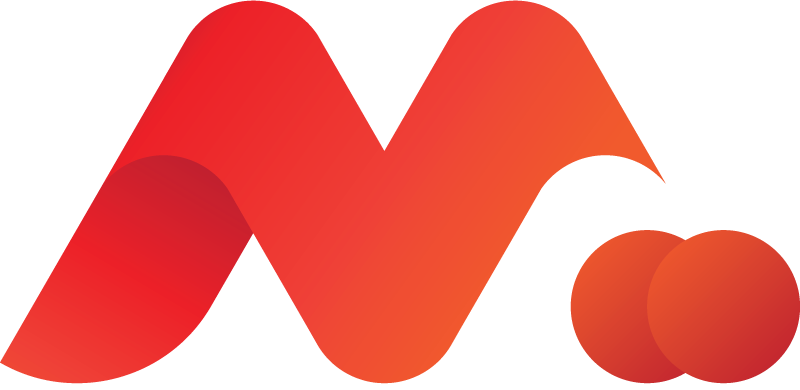
Once a founder has studied the fundamentals of product development and startups, they should reexamine the idea that originally drew them to explore starting a company. I recommend doing this without regard to your existing idea or solution to that problem – even if you’ve already developed a product. You must allow yourself to objectively analyze the problem with your newly acquired knowledge and to do so without confirmation bias towards your original idea.
Step 1: Problem Space Exploration / Evaluating Market Viability
- Explore the problem space you’re operating in and rigorously define the market. Remember to start with a deep understanding of the problem…not your preconceived ideas of the solution. The worst thing you can do is be a “Solution in Search of a Problem”.
- The number one objective here is to ensure you’ve actually identified a great market. Revisit this article from Marc Andreessen and remember that a great market, one with lots of customer demand that is either not being satisfied or not being satisfied as well/efficiently as it could be, can make up for a mediocre product and an average team.
IF you have identified a great market, THEN the next step is to evaluate whether you can effectively compete in the solution space.
Step 2: Solution Space Exploration
- Insight / Solution Parameters
- Do you have a unique insight into how to solve this problem or possess unique abilities that will give you an unfair advantage in solving this problem?
- Check out this video for inspiration.
- Defensible Competitive Advantage / Moats
- If you do have a unique insight or unfair advantage, how will you defend against competitors who want to copy you? Your insight needs to be defensible. Otherwise, your business won’t have staying power.
- Check out this blog post for more on defensibility.
- Business Model Ideation
- How will you make money? What are the unit economics? Can you make money pursuing your solution to the problem?
- Remember that charging less than competitors to gain customers is not a unique insight or advantage. While being less expensive is a great competitive advantage, it must be built upon some unique insight or advantage that enables you to either lower costs and/or monetize through unique business models that your competitors can’t easily replicate.
IF you have a unique way to satisfy a large market that is defensible against competitors and can produce sustainable economics, only then should you pursue a startup. If you do pursue a startup, your only initial focus should be finding Product-Market Fit (PMF) as quickly and efficiently as possible.
FINDING PRODUCT-MARKET FIT
Step 3: Ambitious Vision
- Once you understand the problem space and have the parameters of a unique, defensible solution, you need to set an ambitious vision on how you can solve that problem. An ambitious vision is likely one that can never be truly satisfied but rather something that will keep you and your team striving.
- This should be a bold, even outrageously unrealistic, yet achievable vision for how you can best address the problem space. Amazon started as an online book store, but its ambitious vision was to be the everything store. Google started as a search engine, but its ambitious vision was to organize the world’s information.
Step 4: Strategic Plan / MVP Hypothesis
- Once you understand the problem space and the solution space, you can then develop a real strategy for how you will begin building that solution and pursuing the ambitious vision.
- As a brand new startup, your strategy should simply be to build an MVP with strong Product-Market Fit. To do this, I highly recommend following lean product development methodologies. At MKII, we believe in using what we call an MVP Hypothesis to help guide this process. Check out our blog post on Developing an MVP Hypothesis.
- You can use this hypothesis as a starting point for customer discovery conversation and will continue to refine (or even totally change) your MVP scoping based on the information you gather during customer discovery.
- Reference this post on strategy development. Keep in mind that strategy changes over time so don’t try to develop a strategy for 20 years. Try to develop one for 1-3 years.
- It is best to start with as narrow of a strategic focus as feasible that still aligns with your vision. Start with a strategy that addresses the first step in your journey rather than trying to take them all at once.
- Amazon started with just books so that they could master one product category that was uniquely suited to online retailing, yet the vision was to always be “the everything store”. Start small but make sure that your initial strategy is aligned with your ultimate vision.






